The first gasoline pump was invented and sold by Sylvanus F. Bowser in Fort Wayne, Indiana on September 5, 1885. This pump was not used for automobiles, as they had not been invented yet. It was instead used for some kerosene lamps and stoves. He later improved upon the pump by adding safety measures, and also by adding a hose to directly dispense fuel into automobiles. For a while, the term bowser was used to refer to a vertical gasoline pump. Although the term is not used anymore in the United States, it still is used sometimes in Australia and New Zealand.
Many early gasoline pumps had a calibrated glass cylinder on top. The desired quantity of fuel was pumped up into the cylinder as indicated by the calibration. Then the pumping was stopped and the gasoline was let out into the customers tank by gravity. When metering pumps came into use, a small glass globe with a turbine inside replaced the measuring cylinder but assured the customer that gasoline really was flowing into the tank.
Historical Facts Of This Item.
The first hurdle in developing the modern gasoline pump was recognizing that such a thing was needed. Early in the century, when cars were still rare, gasoline was essentially a nuisance for petroleum refiners, a byproduct of kerosene distillation that had to be disposed of somehow.
It had a variety of minor uses: as a solvent and as a fuel for lamps, stoves, and engines. Automobiles were somewhere near the bottom of the list. Customers who wanted to buy gasoline would go to the back of their local hardware, general, or grocery
store, wait for the proprietor to pour the required amount from a barrel or tank, and then carry it away in a leaky metal canister.
As automobiles grew more common, the danger and inconvenience of this method became evident. Sylvanus F. Bowser of Fort Wayne, Indiana, took the first step toward safe gasoline sales in 1905 by adapting a kerosene pump he had designed twenty years earlier. Bowser?s ?Self-measuring Gasoline Storage Pump? consisted of a
fifty-gallon metal tank enclosed in a wooden cabinet with fume vents. A hand-operated suction mechanism pumped gasoline directly into the vehicle through a flexible hose, with each pull of the lever dispensing a preset amount.
For easy access the unit could be set up in front of a store or at the curb. Jake Gumpper, a stove-gas supplier who became Bowser?s first salesman, dubbed the arrangement a ?filling station.? Other companies quickly brought out similar apparatus.
Using a pump instead of a simple gravity-operated spigot made it possible to put the tank underground, which was safer, took up less space, and reduced contamination and evaporation. Pump makers soon added gauges to measure the amount dispensed. These changes were not always in the consumer?s interest, since unscrupulous dealers could adulterate the unseen gasoline or overcharge by rigging the dial.
The answer was to let the customer see what and how much he was buying. As early as 1901 John J. Tokheim of Thor, Iowa, patented a pumping unit with a domed glass cylinder on top. The product being dispensed?kerosene, machine oil, or
gasoline?would first be pumped into the cylinder, which was marked with a volume scale.
After the quantity had been verified and any water had separated out, the liquid would be released to flow by gravity into the customer?s container. In 1906 Tokheim introduced a model specially designed for gasoline. It was six feet tall, weighed 135
pounds, and came in red or black enamel with gold trim.
TOKHEIM?S INVENTION SOLD POORLY AT first, but the idea behind it caught on. In 1912 the Gilbert & Barker Manufacturing Company of Boston brought out its T-8 model, with an etched-glass advertising globe on top, a dial indicator for precise measurement of the amount dispensed, a hand-operated quick-discharge piston that could deliver fifteen gallons per minute, and an access door with lettering that read FILTERED GASOLINE.
Over the century's second decade American automobile ownership exploded, and similar pumps from scores of manufacturers could be found wherever there were cars. Pump companies developed a new design, with a ten-gallon glass holding cylinder mounted on a six-foot steel pedestal. The cylinder was marked for volume, making the questionable dial gauge unnecessary. Both types retained the illuminated advertising globe on top.
Hand-pumped dispensers with visible tanks persisted into the 1920s, growing steadily more decorative. Since most gasoline was sold by independent dealers stocking little-known brands, a reliable, well-designed pump could be a selling point for wary customers.
Recognizing this, pump makers advertised directly to motorists. During the 1920s, though, gasoline sales started to become more centralized, with vertically integrated
corporations replacing the previous hodgepodge of jobbers and retailers. Instead of buying anonymous gasoline from a repair shop or curbside pump of questionable reliability, a driver could pull into an attractively designed filling station (in the modern sense of the term), often run by a national oil company.
Trustworthiness began to reside more in the brand of gasoline than in the pump. Big refiners dyed their gasoline with distinctive colors to establish an identity. By the end of the decade, more than 90 percent of gasoline would be sold at stations built
for the purpose.
IN 1923 THE FIRST ELECTRICALLY OPERATED PUMP came out, greatly reducing the elbow-grease requirement. Two years later Erie Meter Systems abandoned visual measurement and inspection entirely in favor of an electric dial that registered gallons and fractions with small and large hands, as on a clock.
The next big advance came in 1933, when the Wayne Oil Tank & Pump Company of Fort Wayne introduced its ingenious variator a mechanical computer. The variator displayed the amount dispensed with revolving number wheels and simultaneously calculated the price, eliminating the need for any familiarity with arithmetic by either party to
the transaction. Drivers could finally buy a dollar?s worth of gasoline without resorting to long division.
Other companies tried to replicate the device, but Wayne defended its patent fiercely, and eventually all the major American gas-pump makers licensed its technology. By the end of the 1930s, revolving wheels were tabulating gasoline sales at almost every service station in America.
The venerable Tokheim Corporation introduced electronic measurement in 1975, and today microprocessors allow such innovations as debit-card pay terminals with video display screens. Nowadays one gas pump looks much like another, and consumers place much more emphasis on price than on the brand of gasoline, let alone
the manufacturer of the pump.
Gone are the days when pump makers prepared elaborate advertisements that could in perfect seriousness direct motorists to ?Stop here?it?s a Bowser.?credits to Michael Karl Witzel .
Historical Facts On Standard Oil
The History of the Standard Oil Company is a book written by journalist Ida Tarbell in 1904. It was an expos? of the Standard Oil Company, run at that time by oil tycoon John D. Rockefeller, the richest figure in America's history. Originally serialized in 19 parts in McClure's magazine, the book was a seminal example of muckraking, and inspired many other journalists to write about trusts, large businesses that (in the absence of strong antitrust law in the 19th century) attempted to gain monopolies in various industries.
The History of the Standard Oil Company was credited with hastening the breakup of Standard Oil, which came about in 1911.
Mobil, previously known as the Socony-Vacuum Oil Company, was a major American oil company which merged with Exxon in 1999 to form ExxonMobil. Today Mobil continues as a major brand name within the combined company, as well as still being a gas station sometimes paired with their own store or On the Run. Its former headquarters in Fairfax County, Virginia, are currently used as ExxonMobil's downstream headquarters.
Following the break-up of Standard Oil in 1911, the Standard Oil Company of New York, or Socony, was founded, along with 33 other successor companies. In 1920, the company registered the name "Mobiloil" as a trademark.
Henry Clay Folger was head of the company until 1923, when he was succeeded by Herbert L. Pratt.
Beginning February 29, 1928 on NBC, Socony Oil reached radio listeners with a comedy program, Soconyland Sketches, scripted by William Ford Manley and featuring Arthur Allen and Parker Fennelly as rural New Englanders. Socony continued to sponsor the show when it moved to CBS in 1934. In 1935, it became the Socony Sketchbook, with Christopher Morley and the Johnny Green orchestra.
In 1931, Socony merged with Vacuum Oil to form Socony-Vacuum and Jersey Standard (which had oil production and refineries in Indonesia) merged their interests in the Far East into a 50-50 joint venture. Standard-Vacuum Oil Co., or "Stanvac," operated in 50 countries, including East Africa, New Zealand and China, before it was dissolved in 1962.
In 1935, Socony Vacuum Oil opened the huge Mammoth Oil Port on Staten Island which had a capacity of handling a quarter of million gallons of petroleum products a year and could transship oil from ocean going tankers and river barges
The Mobil Economy Run generated publicity and promotions such as this 1962 advertisement by Champion spark plugs with a Rambler American.
In 1955, Socony-Vacuum was renamed Socony Mobil Oil Company. In 1963, it changed its trade name from "Mobilgas" to simply "Mobil," introducing a new logo (created by a prominent New York graphic design firm, Chermayeff & Geismar). To celebrate its 100th anniversary in 1966, "Socony" was dropped from the corporate name.
From 1936 to 1968, Mobil sponsored an economy run each year (except during World War II) in which domestic automobiles of various manufacturers in several price and size classes were driven by light-footed drivers on cross-country runs.
The Economy Run originated with the Gilmore Oil Company of California in 1936 (which was purchased by Socony-Vacuum in 1940) and later became the Mobilgas Economy Run and still later, the Mobil Economy Run. The cars driven in the economy run were fueled with Mobil gasoline and Mobiloil and lubricants were also used. The vehicles in each class that achieved the highest fuel economy numbers were awarded the coveted title as the Mobilgas Economy Run winner.
During US involvement in WW II, April 29, 1942, Socony's unescorted tanker, named Mobiloil, was sunk by a German U-boat (U-108 captained by Klaus Schlotz), and all 52 people survived after 86 hours adrift in lifeboats.
Through the years, Mobil was among the largest sellers of gasoline and motor oils in the United States and even held the top spot during the 1940s and much of the 1950s. Various Mobil products during the Socony-Vacuum and Socony-Mobil years included
Metro, Mobilgas and Mobilgas Special gasolines; Mobilfuel Diesel, Mobil-flame heating oil, Mobil Kerosine, Lubrite, Gargoyle, Mobiloil and Mobiloil Special motor oils; Mobilgrease, Mobillubrication, Mobil Upperlube, Mobil Freezone and Permazone antifreezes, Mobilfluid automatic transmission fluid, Mobil Premiere tires, Mobil Stop-Leak, Mobil Lustrecloth, among many others.
In 1954, Mobil introduced a new and improved Mobilgas Special in response to trends toward new automobiles powered by high-compression engines that demanded higher and higher octane gasolines. The newest formulas of Mobilgas Special was advertised as offering "A Tune-Up in Every Tankful" due to a combination of chemicals known as the "Mobil Power Compound" which was designed to increase power, check pre-ignition ping, correct spark plug misfiring, control stalling and combat gumming up of carburetors. Later Mobil campaigns advertised Mobilgas as the "New Car Gasoline" following extensive testing during the annual Mobilgas Economy Run.
Antique pumps, manufactured by Tokheim, using the pre-1962 "Mobilgas" product name In 1962, the gasoline product lines marketed as Mobilgas and Mobilgas Special were rebranded as Mobil Regular and Mobil Premium in a move to emphasize the shortened brand name "Mobil" in promotional efforts although Mobiloil continued as a single word term until the 1970s.
After a few years of advertising Mobil gasolines as "Megatane"-rated and as "High Energy" gasolines, Mobil began, in 1966, to promote both its Regular and Premium fuels as "Detergent Gasolines," due to the inclusion of additives designed to clean carburetors and various internal engine parts. During the early 1970s, Mobil ran a TV commercial featuring a character known as "Mr. Dirt" to show the ruinous effects that dirt had on automotive engines for which a tank of Mobil Detergent Gasoline could provide a cure and preventive medicine against damage that could lead to costly repairs.
As automakers were switching en masse from carbureted to fuel injected engines during the early to mid-1980s, the detergent additives that existed in most available gasolines proved not to be enough to prevent injection clogging, leading to drivability problems, Mobil received accolades from General Motors and other automakers for increasing the detergency of its Super Unleaded gasoline in 1984 to prevent formation or deposit build-ups of the injectors but also remove existing deposits as well in normal driving.
At the end of the 1980s Mobil sold its fuel stations in Norway, Sweden, and Denmark to Norsk Hydro, who converted them into Hydro stations.
William P. Tavoulareas was President of Mobil Corporation until succeeded by Allen E. Murray in 1984.
Mobil moved its headquarters from New York to Fairfax County, Virginia in 1987.
In 1998, Mobil and Exxon agreed on a merger to create ExxonMobil, which was completed on November 30, 1999. Lou Noto was Chairman of Mobil at the time of the merger and Walter Arnheim was treasurer.



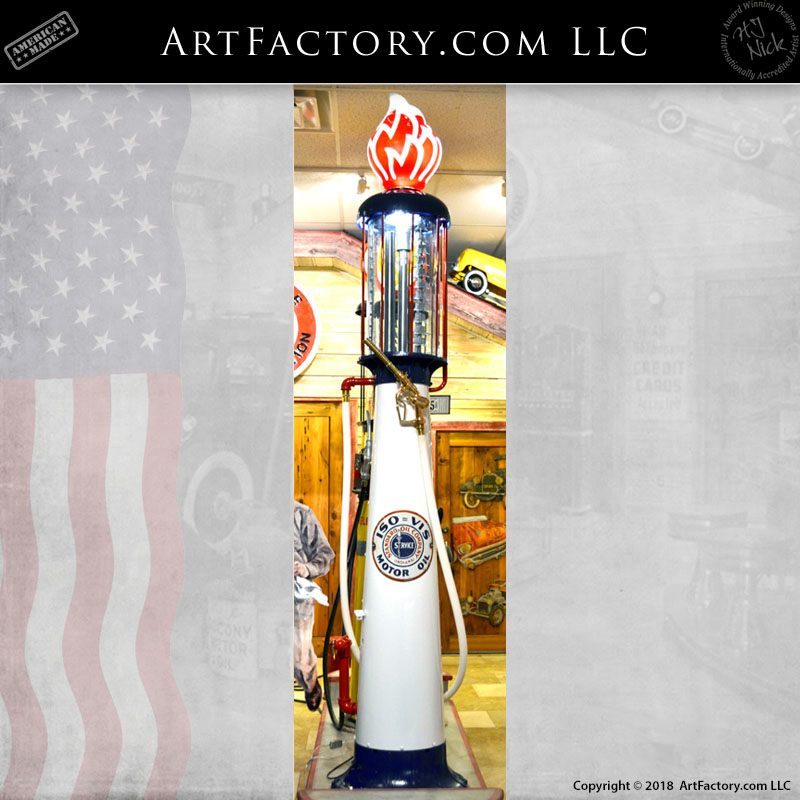
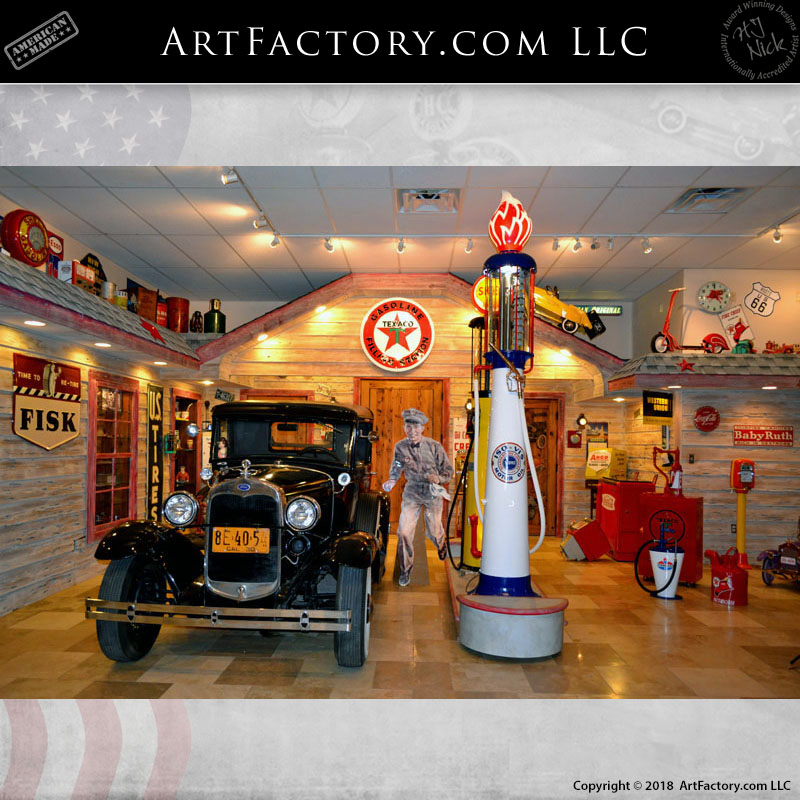
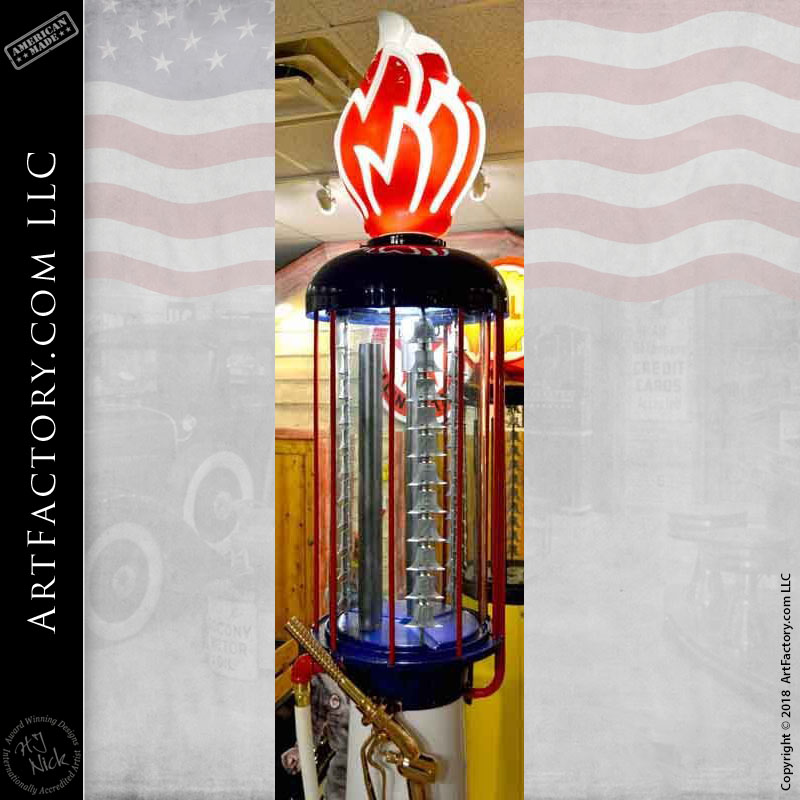
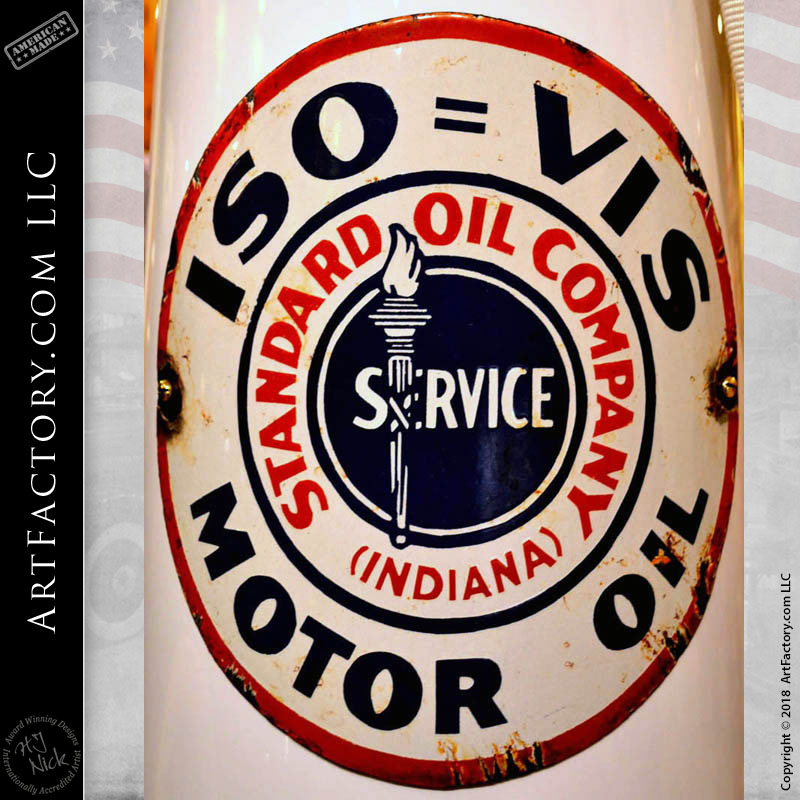
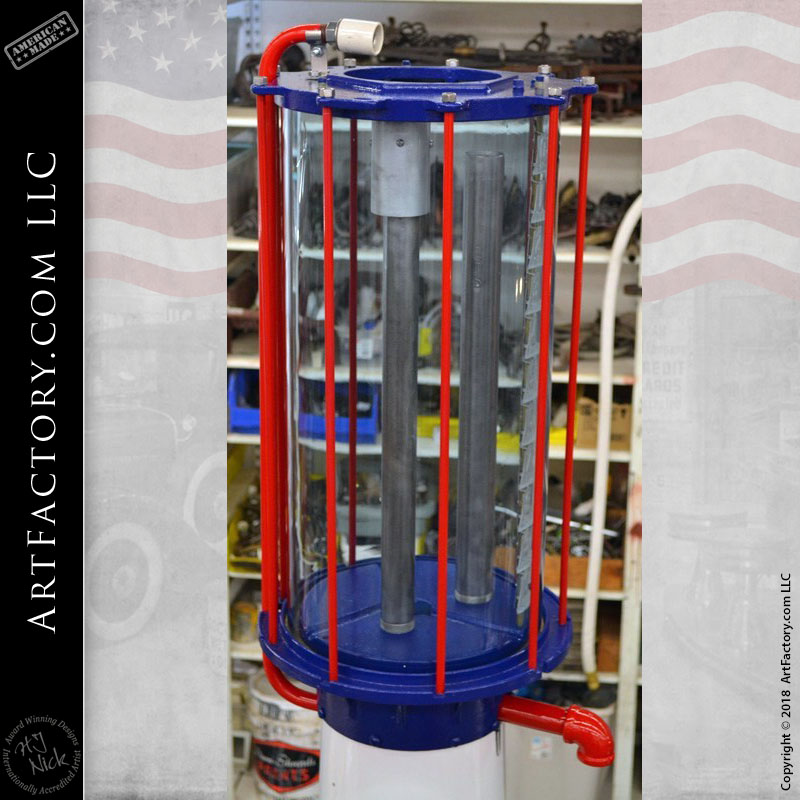
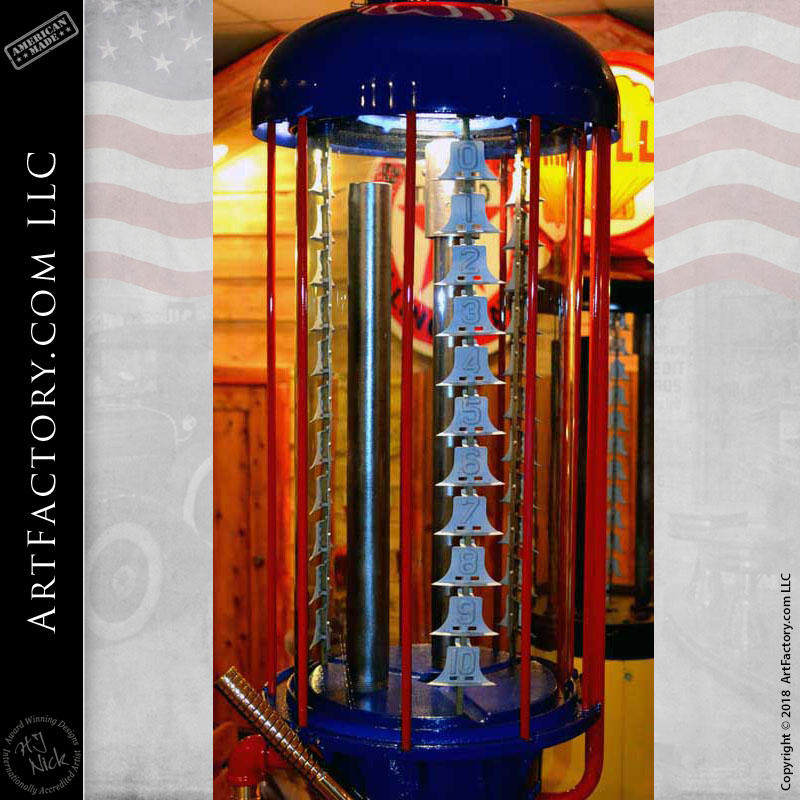
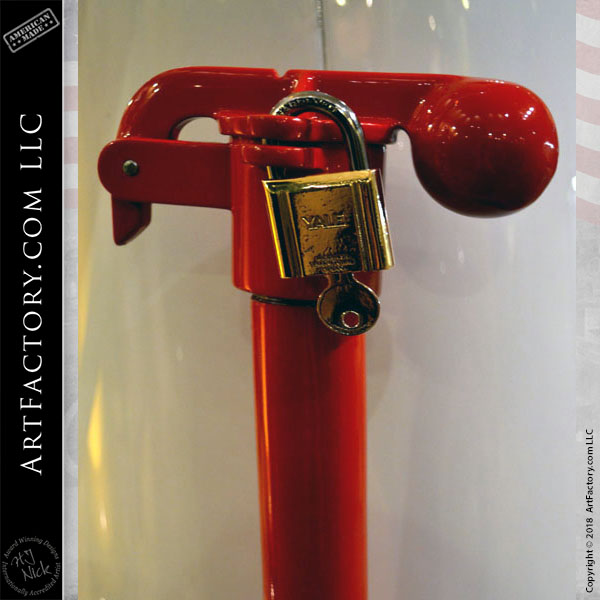
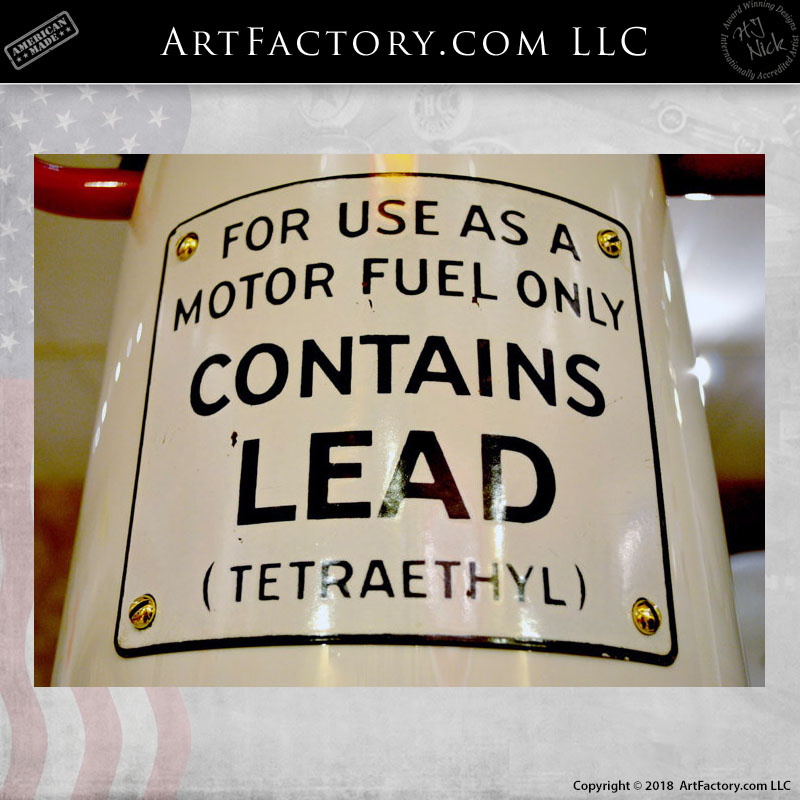
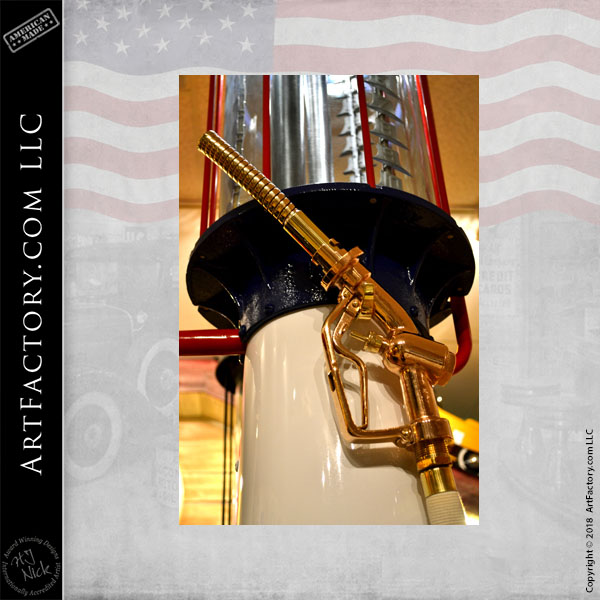

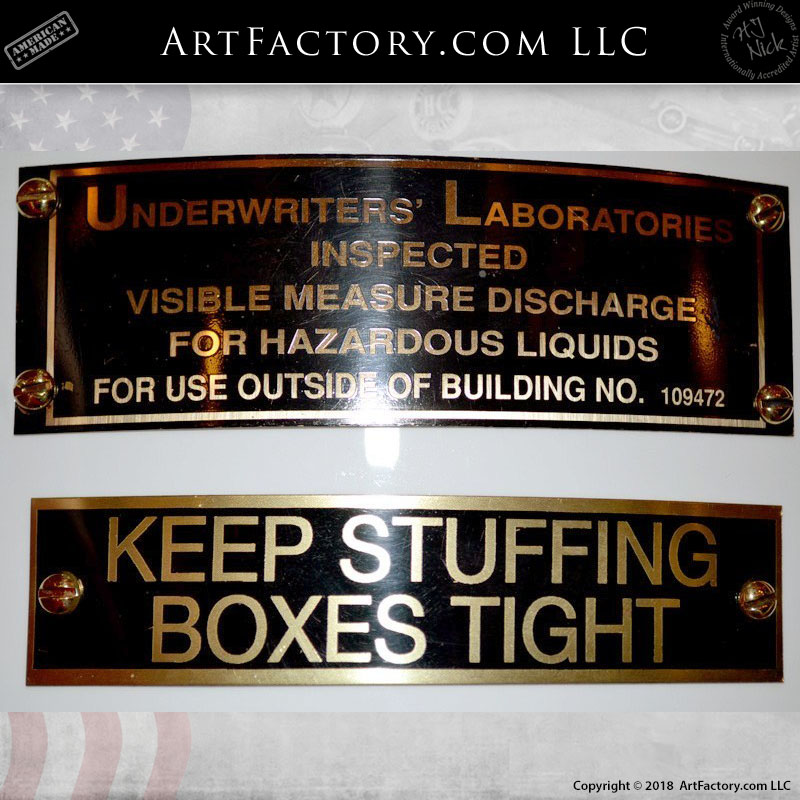
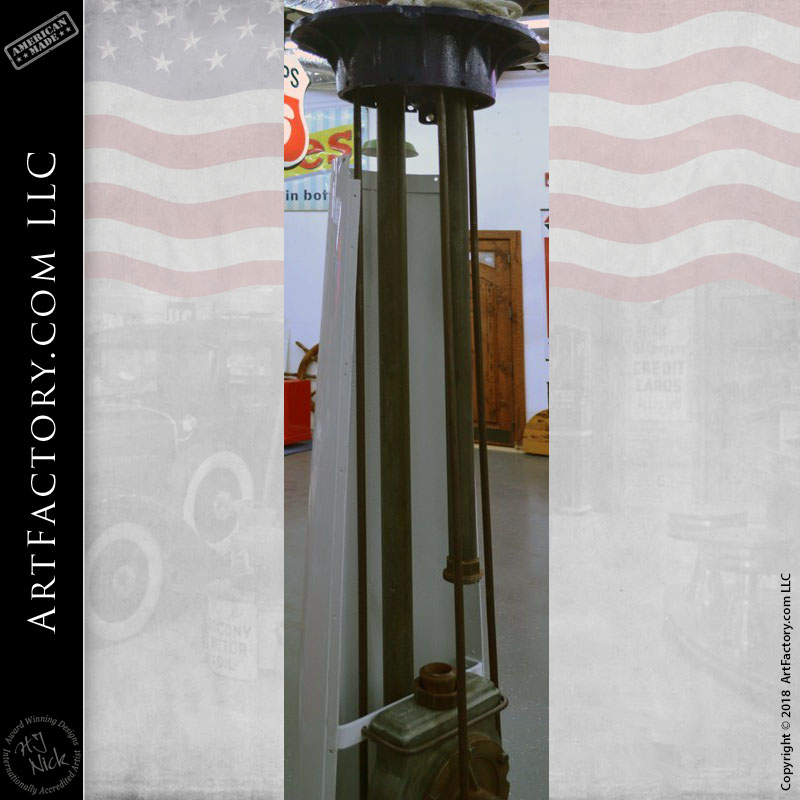
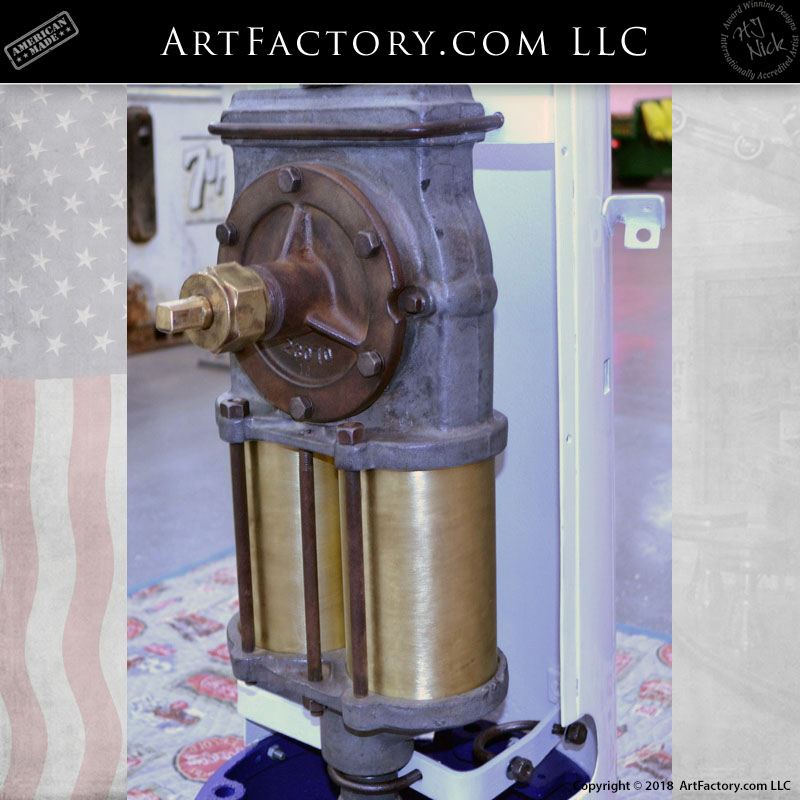
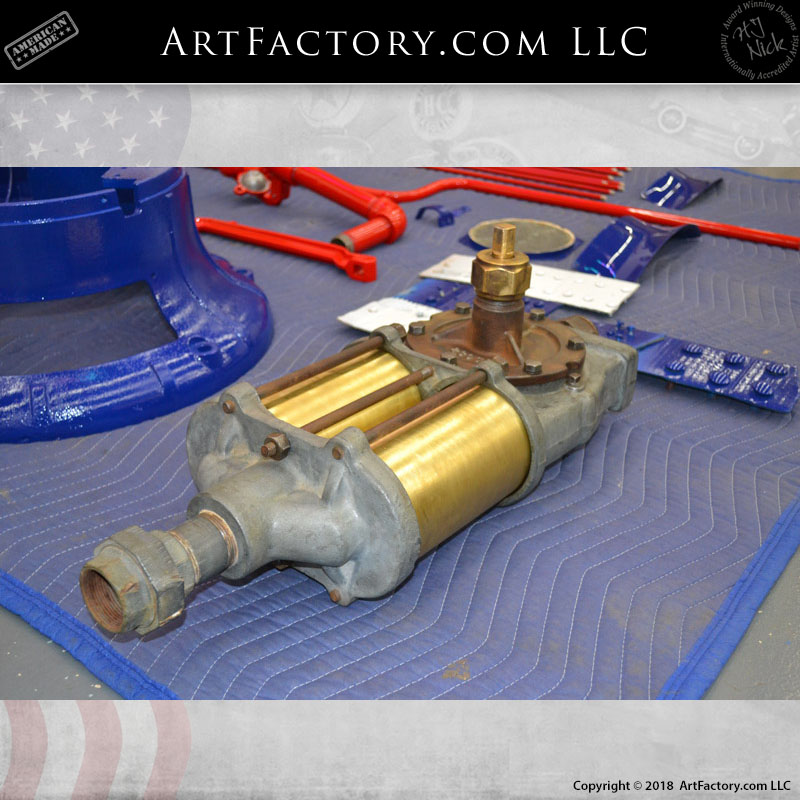
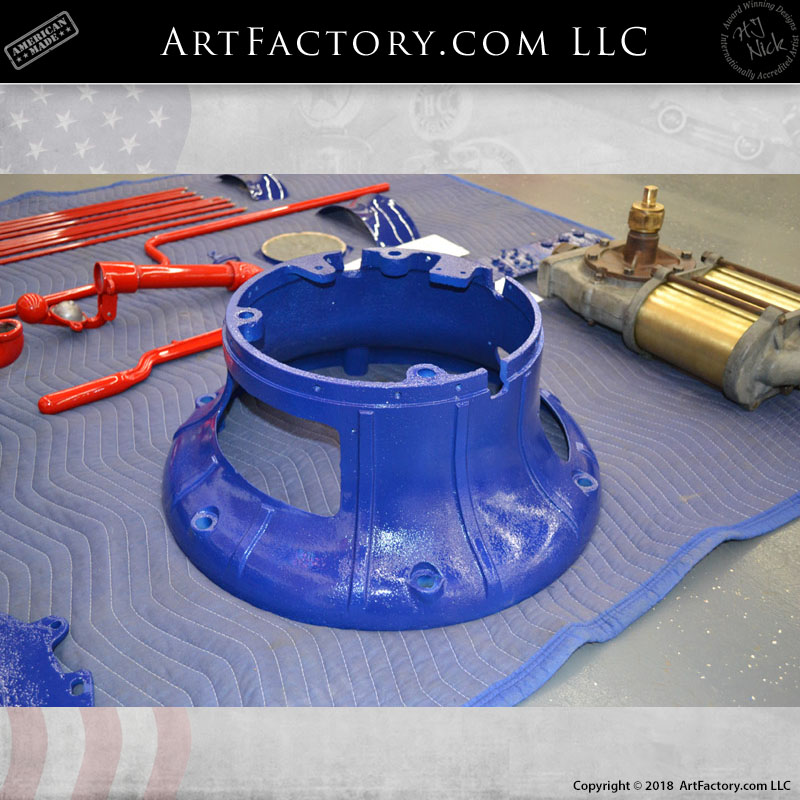
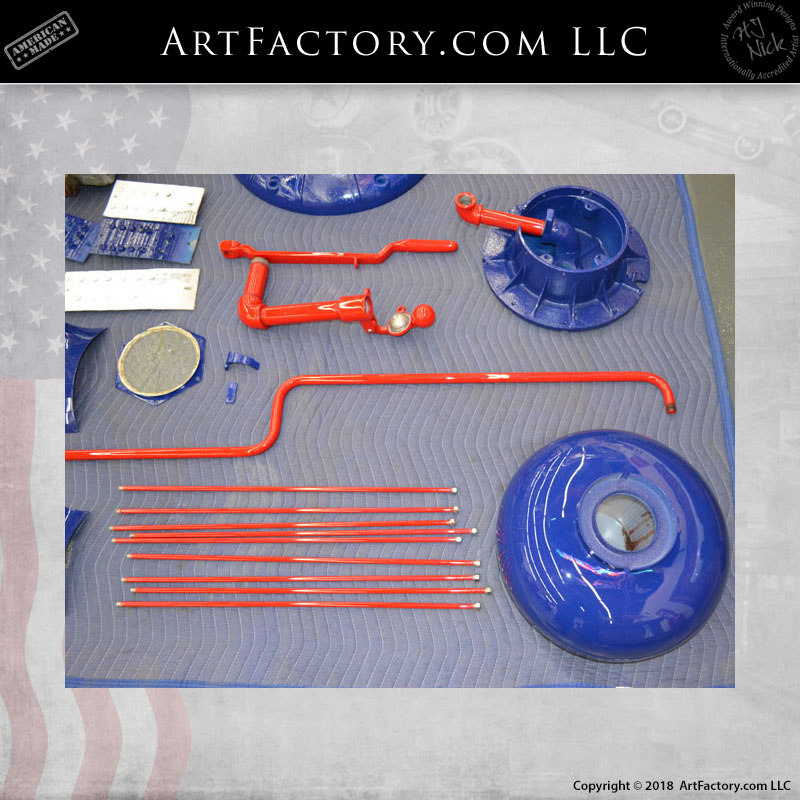

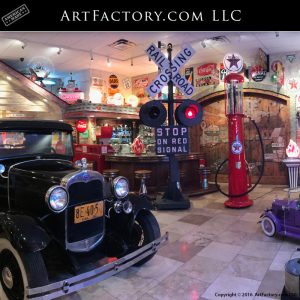
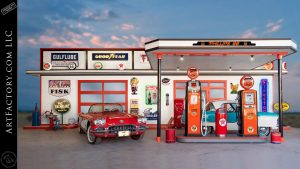
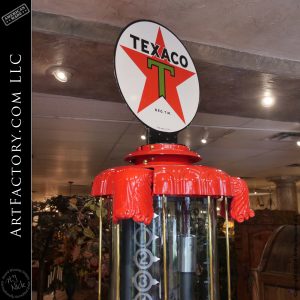

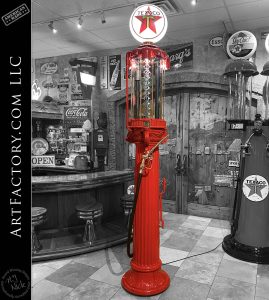
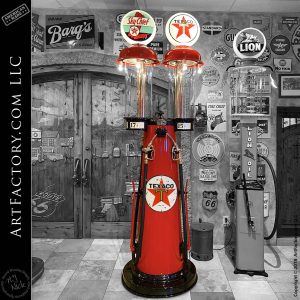
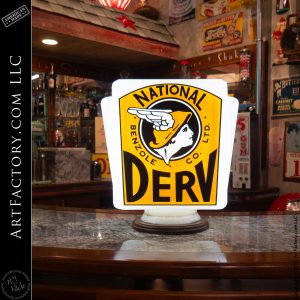

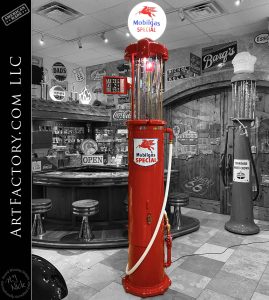
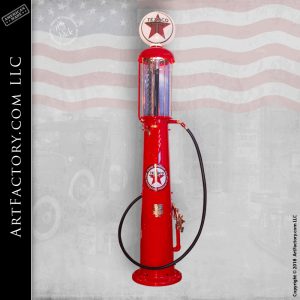
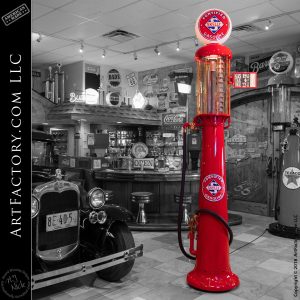
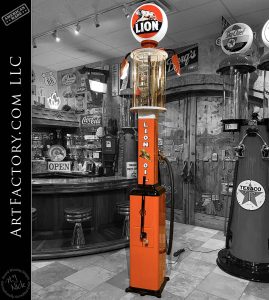
Reviews
There are no reviews yet.